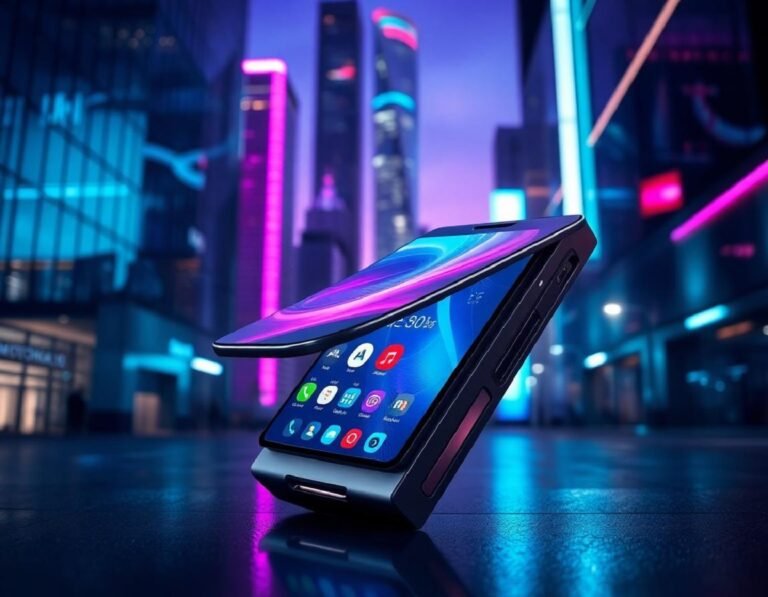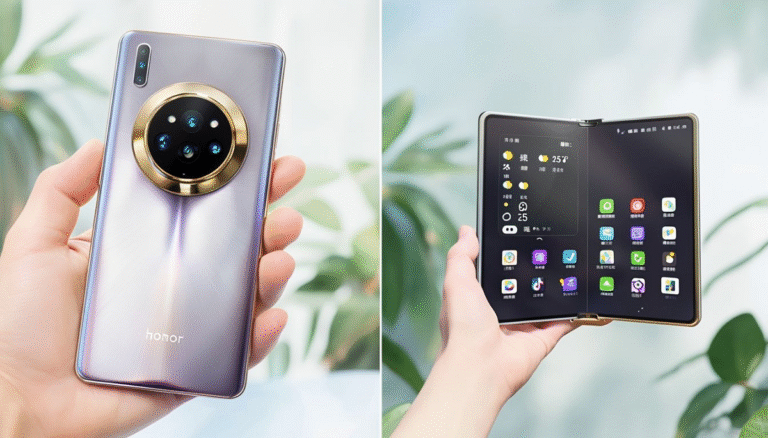The Best Laptops I’ve Tested & Reviewed – July 2025 Expert Guide.
Sometimes, a company feels so sure about its product that they skip the usual rules for a review. They give you the product and say, “Tell us what you really think.” That’s what Lenovo did with the new Legion 5.
The Legion 5 has been a popular choice for gaming laptops over the past few years,
known for strong performance and fair prices. In the past, Lenovo’s gaming laptops had trouble with overheating and design, especially before 2019. Things improved once they upgraded the cooling system. Since then, the Legion 5 has earned a spot on many “best value” lists.
Lenovo redesigned the Legion 5 this year.
It’s now thinner, lighter, quieter, and more powerful, while also being smaller overall. These changes make it a good pick for students or anyone wanting a starter gaming laptop from Lenovo.
A key feature is its size. The Legion 5 comes with a 15-inch display, which stands out in a market filled with mostly 14 or 16-inch models. This makes the laptop easy to fit in most bags, which is rare for a gaming laptop. It’s about 20 to 21 millimeters thick and weighs less than 2 kilograms, so it’s easy to carry. You get two USB-C ports, three USB-A ports, and Ethernet. There is no SD card slot. The power and HDMI ports sit on the back to help keep your workspace clean, especially if you use a monitor or dock.
The display is a 15.1-inch OLED panel with a 16:10 aspect ratio, offering bright and vibrant colors. It’s glossy, like most OLED screens. Not many laptops at this price have such a display. Lower models come with IPS screens, but OLED is more common in the higher-end versions.
The keyboard features Lenovo’s TrueStrike tech, borrowed from the ThinkPad lineup, which makes typing comfortable. Inside, the laptop runs on an AMD Ryzen AI7 350 processor, which handles gaming and creative work well but also stays efficient for daily use. An NPU chip inside brings Windows Copilot features like live translation.
With its smaller size and support for GPUs up to 115 watts, thermal performance was something I wanted to test. Lenovo uses a “hyperchamber” cooling system that pushes air over both the CPU and GPU before venting it out. This keeps things cooler than older models. There are two big fans, and noise stays low in quiet and balanced modes. You can adjust cooling and performance settings in the new Legion Space app.
Lenovo capped the Legion 5 at an RTX 5070 GPU, rather than the more demanding 5070 Ti. The 5070 runs well at 115 watts and delivers strong frame rates, though the 5070 Ti would have given even higher speeds but would have needed more power, a thicker case, and louder fans. The 5070 has 8GB of VRAM, which is enough for today’s games, though it might feel tight as future games need more.
The laptop also packs the Radeon 860M for integrated graphics, which is battery-friendly and works well for light gaming. The 80Wh battery in this early unit gave solid life, which is good for an OLED laptop. RAM and both NVMe drive slots are easy to get to, and both fit standard 2280 SSDs, though the one it comes with is shorter.
The latest Legion 5 stands as a strong pick for gamers looking for something mid-range. It’s nice to see more laptops that don’t sacrifice power for portability. For students and anyone who wants a laptop with a good mix of strength and mobility, the Legion 5 is worth considering.
If you want even more power, the Legion Pro 5 has a faster CPU and higher wattage, but it’s thicker and needs more cooling.
Starting price is around $1,200, while the version with an RTX 5070 GPU and OLED screen hits closer to $1,700 to $1,800. Lenovo often offers sales, so watch out for discounts. At the list price, it’s average for its class, but when on sale, the Legion 5 is one of the top values for a gaming laptop this year.
If you need a light, slim gaming laptop that offers strong performance at a good price, the Legion 5 deserves your attention.

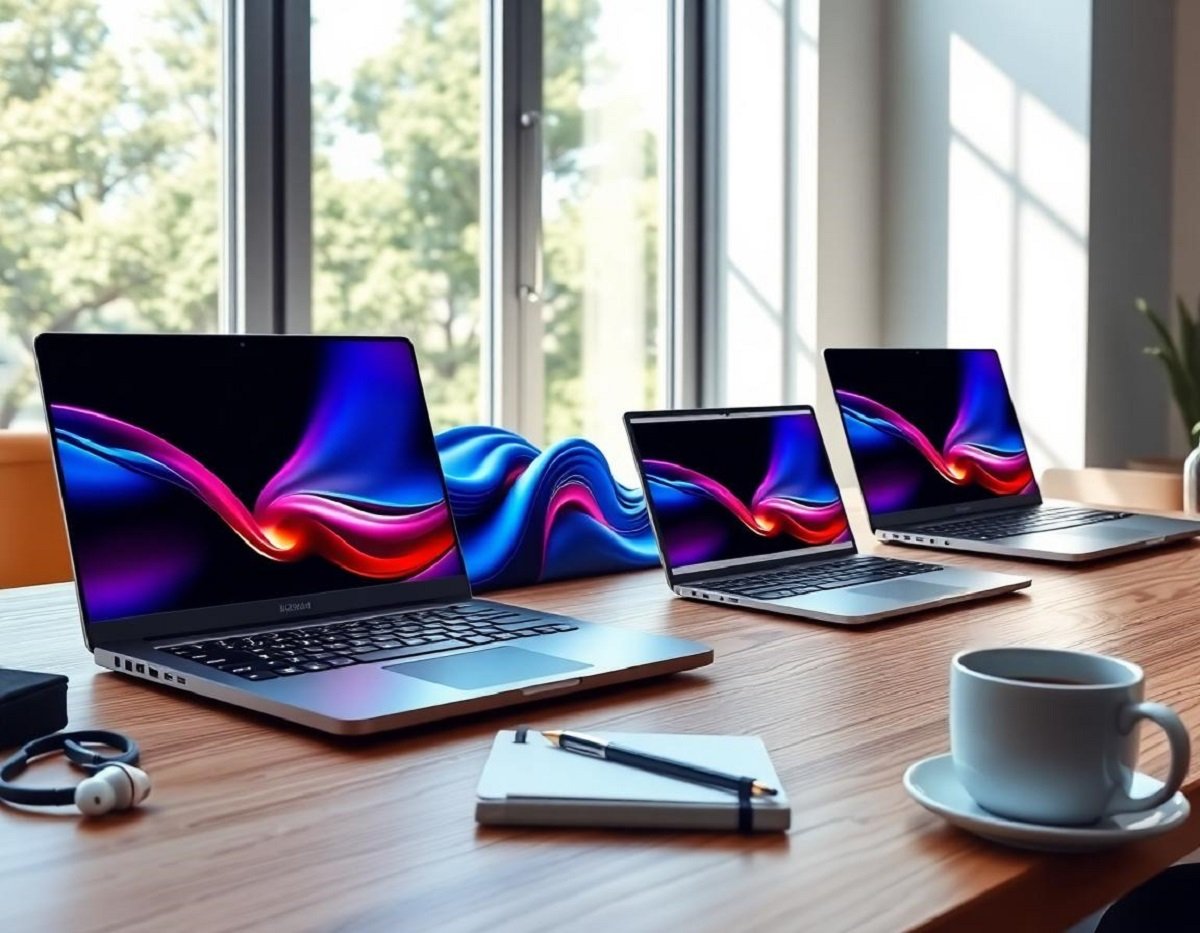
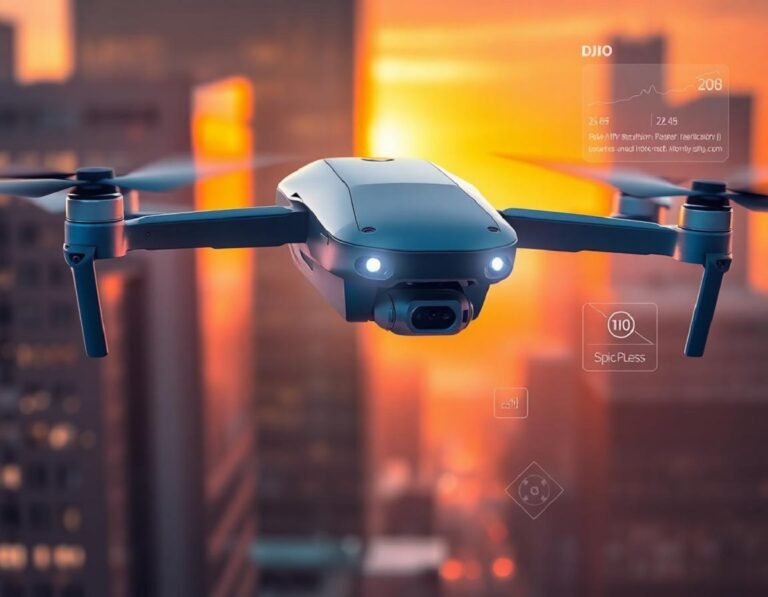
![Logitech MX Master 3S for Mac Review [2025]](https://www.gadgeteval.com/wp-content/uploads/2025/07/logitech-mx-master-3s-mac-mouse-closeup-768x597.jpg)
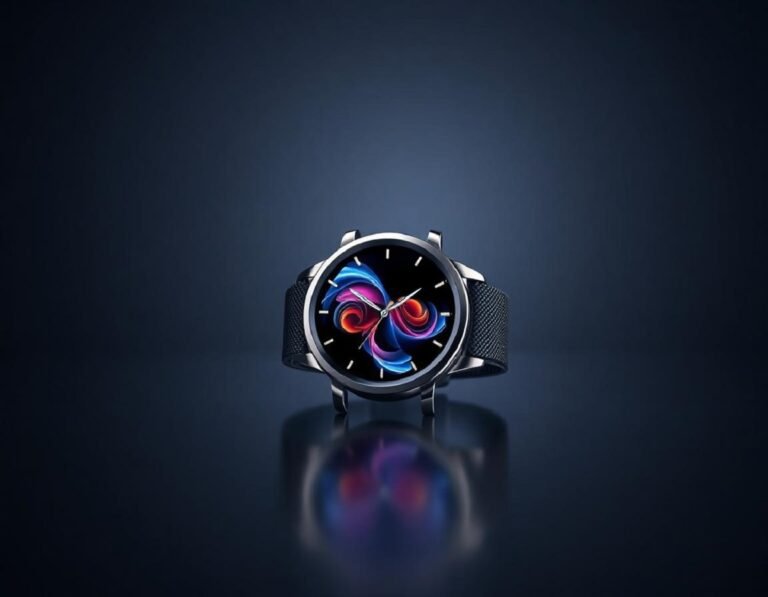
![Nothing Headphone 1 [Full Review]: Is It a Good Buy in 2025?](https://www.gadgeteval.com/wp-content/uploads/2025/07/nothing-headphone-1-minimalist-tech-studio-768x597.jpg)
